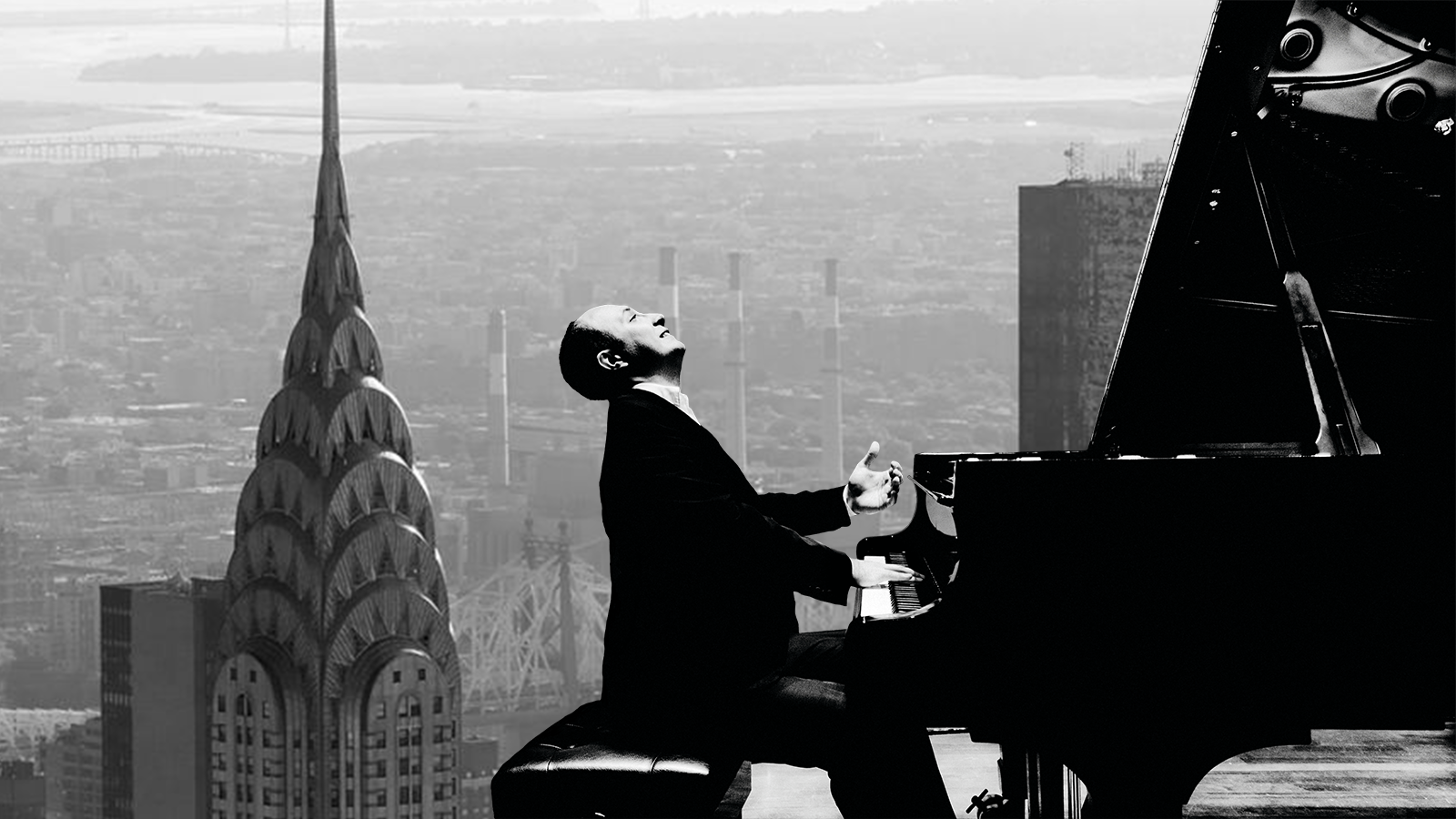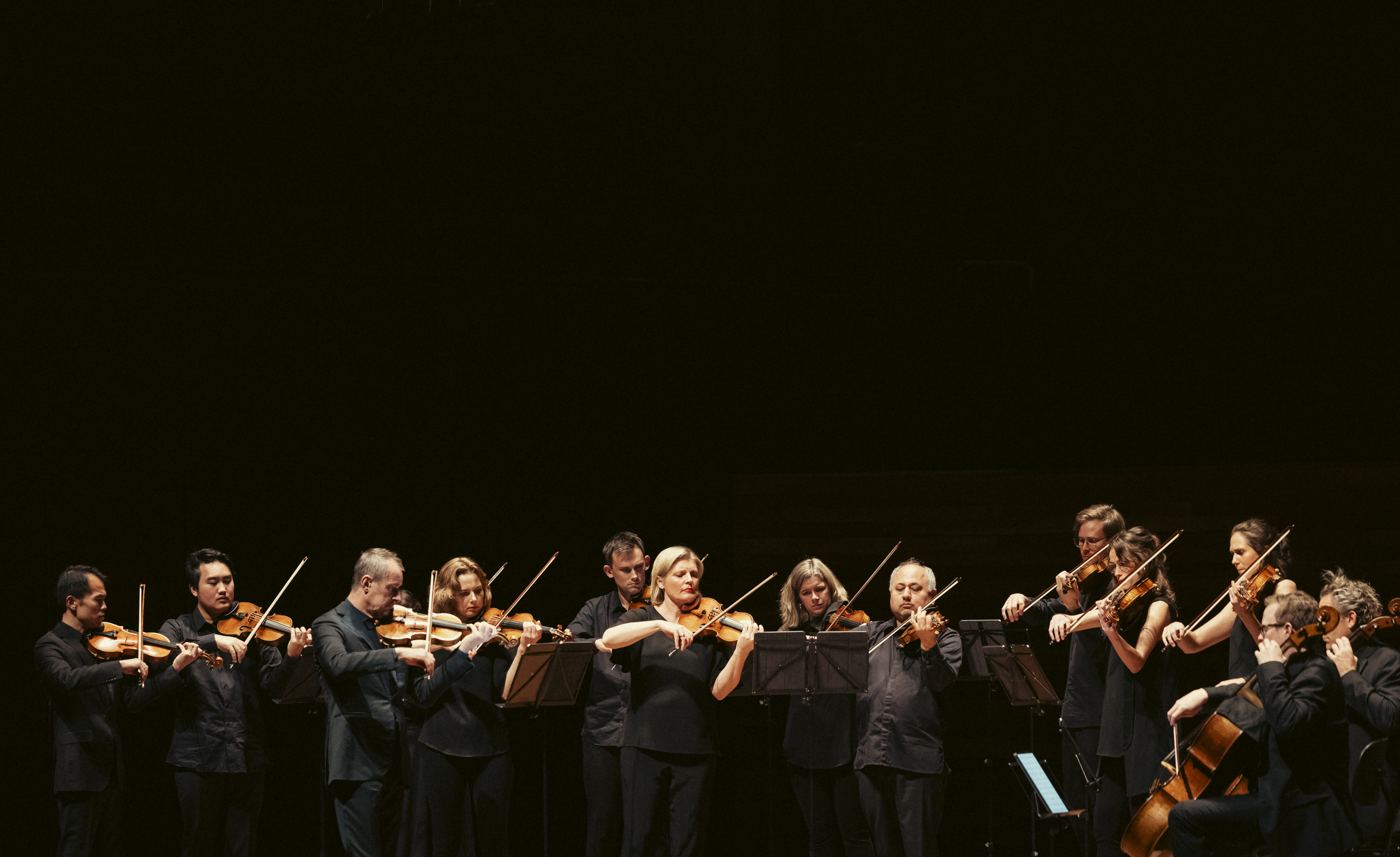
By Rosie Pentreath
There’s surely no piece of music in the orchestral repertoire that evokes New York city more vividly than Rhapsody in Blue.
Its composer is George Gershwin (1898-1937), a prodigious turn-of-the-century musician who was in high demand in his short lifetime, and whose works span orchestral music, film scores, Broadway shows and operatic works, with all kinds of masterpieces in jazz and popular music making him famous in between.
Gershwin was born in the New York of the late Nineteenth Century, the son of Jewish immigrants to the city. His family acquired a piano when he was a teenager and he showed a remarkable talent for music, going on to work as a ‘song-plugger’ in Tin Pan Alley – which was a musician’s pre-radio role performing new pieces released as sheet music by way of promotion.
Gershwin’s genius for music made him a creator of music, often in collaboration with his brother, Ira, whose penchant was for lyrics, and he had a successful career as a composer and conductor, before dying with a brain tumour at just 38.
From the Rhapsody in Blue, to Summertime – the most famous song from Gershwin’s opera Porgy and Bess – here are some of the greatest pieces of music the composer wrote in his short lifetime.
